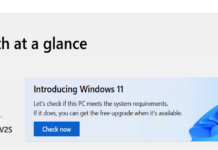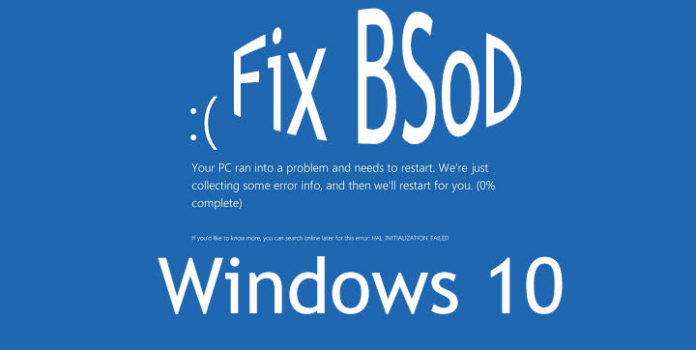Blue screen of death windows 10 or BSOD windows 10— likewise referred to as “blue screen”, “stop error,” or just “system crash” — will occur after a basic error that the system can’t process and repair automatically. As a rule, you may see a blue screen while upgrading to another version of Windows 10, during start-up, or abruptly while effectively utilizing the PC, and the most baffling thing is that it’s only a screen with a blue background and a tragic character face without enough information to make sense of the issue.
The screen will give you a hint message, for example, “Your PC ran into a problem and needs to restart. We’re just collecting some error info, and then we’ll restart for you.” Or general stop error codes or hexadecimal code, however, they’re only hieroglyphics for most clients.
Table of Contents
What causes the blue screen of death windows 10?
Blue screens are basically caused by issues with your PC’s hardware or issues with their hardware driver software. Once in a while, they can be caused by issues with low-level software running in the Windows kernel. Customary applications typically won’t have the option to cause blue screens. If an application crashes, it will do as such without taking the operating system out with it. A blue screen happens when Windows experiences a “STOP Error.” This basic disappointment makes the Windows crash and stops working. The main thing Windows can do by then is to restart the PC. This can prompt data loss, as programs don’t get an opportunity to spare their open data.
At the point when a blue screen of death windows 10 happens, Windows automatically makes a “minidump” document that contains information about the crash and spares it to your disk. You can see information about these minidumps to help identify the reason for the blue screen of death (BSOD).
Blue screens likewise look somewhat different, depending on what version of Windows you’re running. In Windows 7 and past versions, the blue screen looked a lot of like a terminal screen, displaying all way of information.
How to troubleshoot and fix blue screen of death windows 10 errors
If you are running the Creators Update or later, Microsoft has the solution if you get covered in the event that a BSOD Windows 10 happens. However, you can fix the blue screen of the death windows 10 using the built-in troubleshooter.
Go to Settings > Update and security > Troubleshoot.
Under the heading Find and fix different issues, you can see the Blue Screen Windows 10 troubleshooter.
Delete the faulty windows update
It’s normal for Windows Update to break during installation. And such incidents can make the blue screen show up. The simplest method to fix the blue screen of death windows 10 would be uninstalling the faulty update. Comparable would be the situation of some application that may have degenerate significant files on your Windows PC.
Now, you can remove Windows Update by visiting Settings > Update and Recovery > Windows Update > Update history > Uninstall updates.
Reinstall the windows to fix Blue screen of death (BSOD)
Undoubtedly, the last place to remove the blue screen of death from your system is to play out a clean install of Windows. For clients running Windows 10 or 8.1, there is a built-in option for clean installation which doesn’t require you have a committed installation media. For Windows 7, you’ll need to reinstall the operating system using a bootable USB or optical disk.
Conclusion
Getting a BSOD Windows 10 error can be a frustrating experience, yet as should be obvious in this guide, there is a lot you can do to troubleshoot and fix the issue.
If you’re as yet unfit to resolve the issue, you can likewise make a note of any error message and contact your manufacturer for help. So, sometimes they might not have an update to fix the issue, yet they might have the option to offer a workaround.
And it’s not simply the blue screen on Windows 10 that flag an issue. You may likewise run over a dark screen, an issue that can be caused by a graphics driver, a connection issue with your presentation, or during the installation of the OS (or updates). In like manner, you may likewise encounter a flickering screen, which as a rule is caused by an application or video driver issue.






























